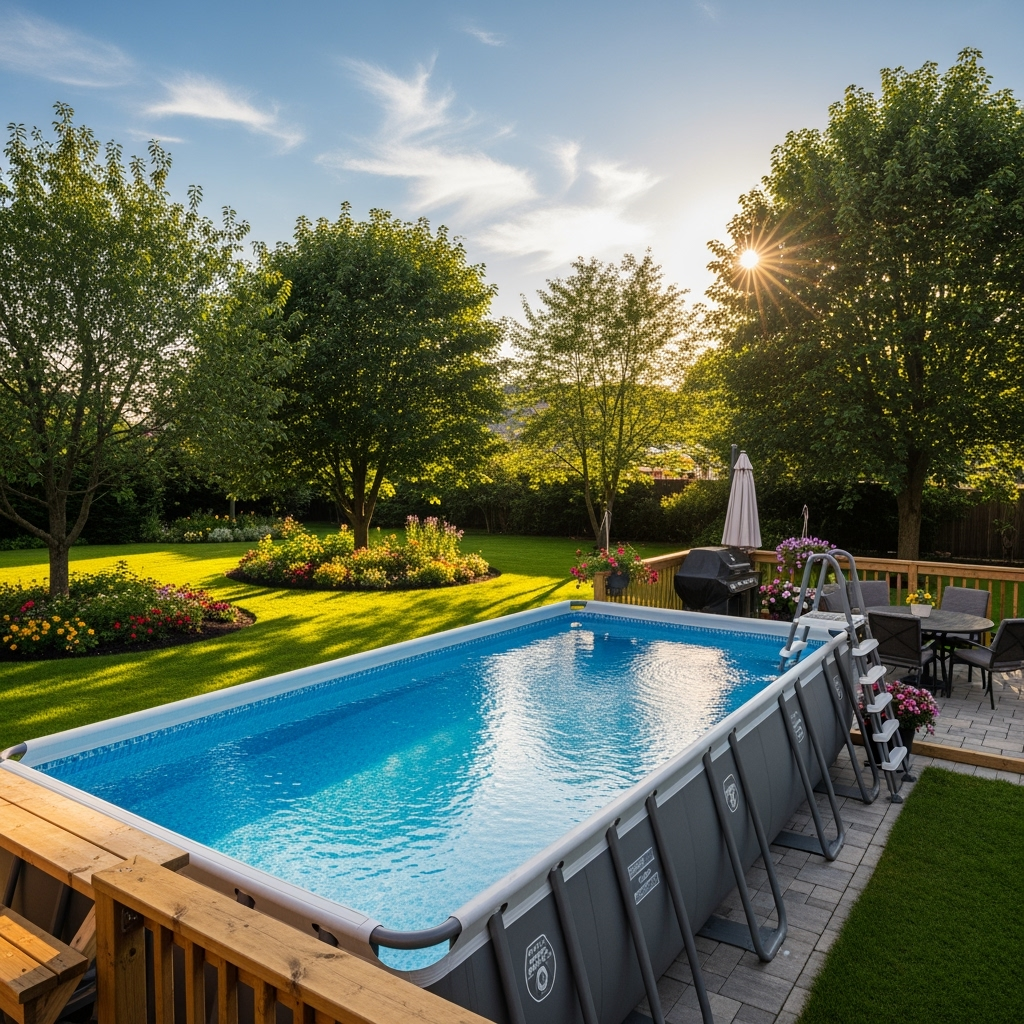Last updated on
All things considered, making sure your home is fire-safe is the number one priority at all times. So here are the steps you should be taking. Read on!
When you’re building a new home, the last thing on your mind is probably bushfires. However, the risk of the fire remains a reality for many people, especially those in bushfire-prone areas. Even if you’ve never had a bushfire in your area before, that doesn’t mean you’re not at risk.
Even smaller fires can have devastating effects on your home, for example, a neighbor’s house catching alight. Also, embers from a fire that’s miles away can cause trouble in the wrong conditions. So, here are some helpful tips on fire-proofing your new home.
What's Inside
Consider Your Home’s Location
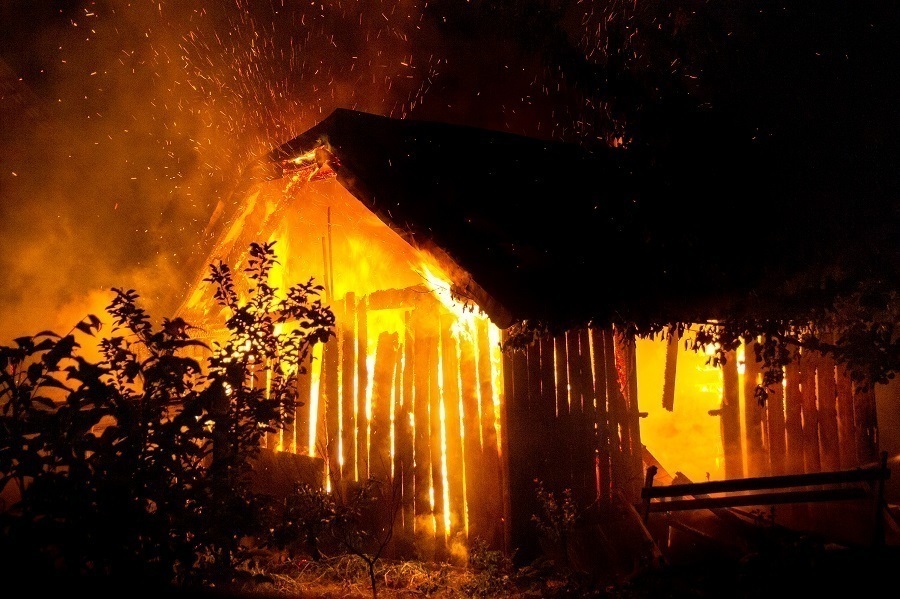
Obviously, the first consideration is your home’s location. If you want to live in a fire-prone area, such as bushland, you need to understand the risks. With that said, even if you’re living in dry, bushland areas, you can take precautions with the placement of your home. Ensure there’s plenty of space around your home that’s free from trees, bushes, and other flammable materials.
Build a Separate Garage or Shed
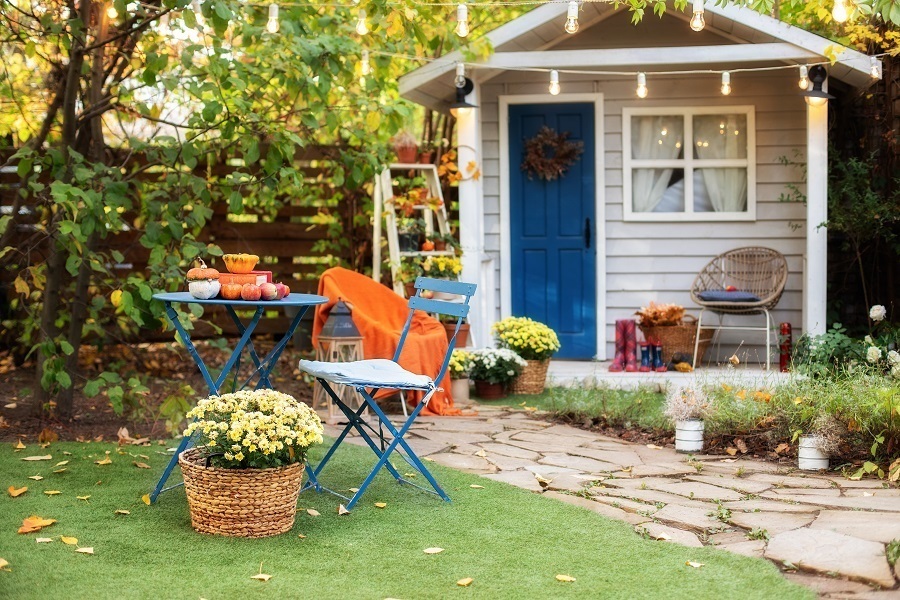
We often keep combustible things in the garage, away from the main house. This is good safety practice in itself, but you can go one step further by building a detached garage or shed. That way, if a fire breaks out in your garage, it won’t instantly engulf the rest of your home.
Gutter and Vent Guards
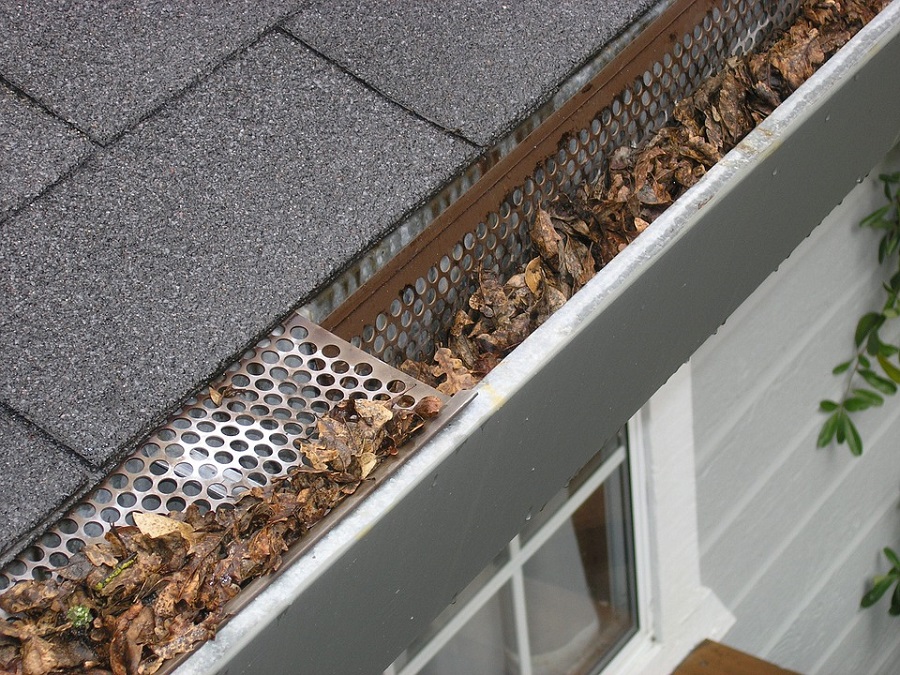
Make sure all of your gutters have guards on them to prevent a build-up of debris. Dead leaves in your gutters can easily catch alight if embers from a far-away fire land on your roof. The same goes for vents, chimneys, and other potential entry points. Using a mesh guard over these can prevent flammable materials from being trapped there.
Non-combustible Insulation
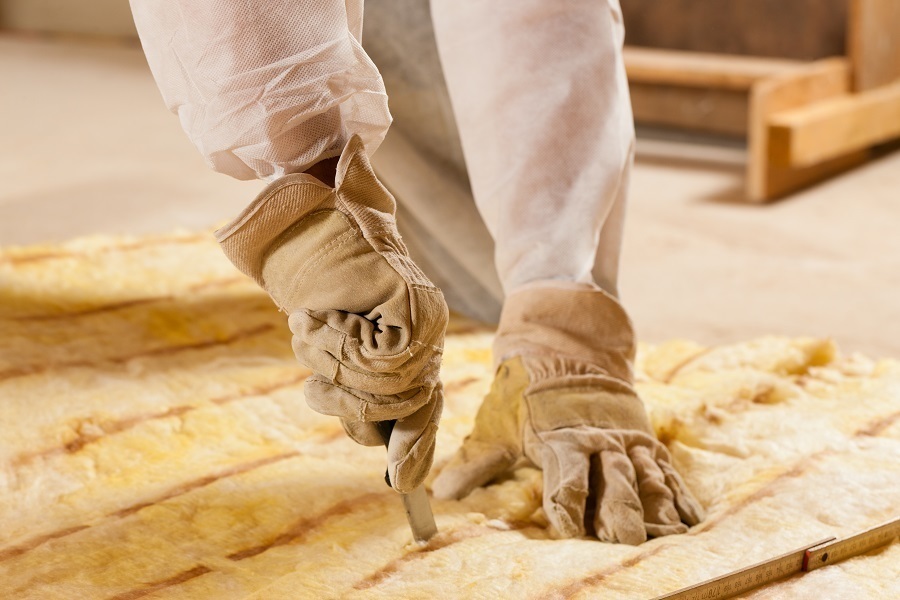
When choosing insulation for your home, always look for fire rated insulation. Remarkably, some insulation is still flammable. So, for wall insulation, as well your ceilings and underfloor insulation, ensure you’re using products that are non-combustible. This can help prevent the spread of fire through the home in the unfortunate event you have an internal fire.
Reputable insulation manufacturers offer fire-resistant products, so you should always take this option. Insulation sits in the most vulnerable places of your home, so don’t take the risk with cheap, flammable insulation.
Use Fire-resistant Materials Wherever Possible
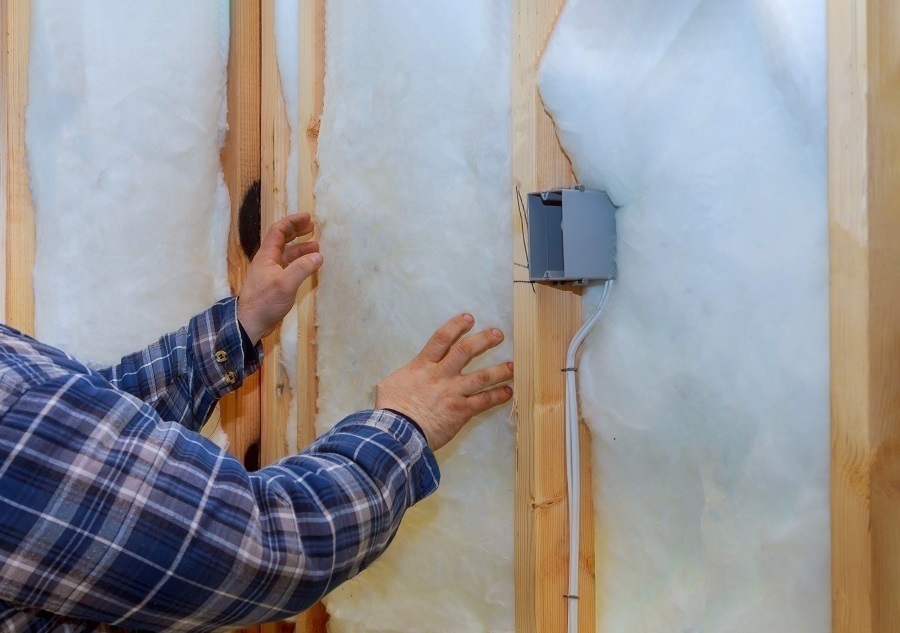
Fire-resistant materials should be considered at all times, but even more so if you’re building in bushfire-prone areas. You can consider fire-resistant material in almost every part of the house. The roof, for example, should be built with metal battens instead of timber. Metal or tile roofing is much better for fire resistance.
When it comes to your walls, stay away from flammable products. Stone is ideal, as well as different types of cement or bricks. These products won’t catch fire and therefore gives your home a much better chance in a fire.
If you’re building a deck, you can also use composite decking materials rather than plain timber. While composite materials will still burn, they usually collapse and reduce the risk of the fire spreading.
